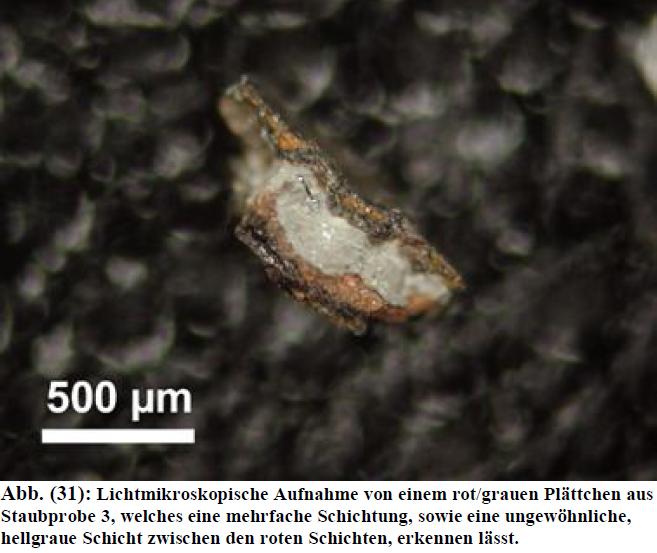
thermobaric munition including a composite explosive material, the composite explosive material having a high-explosive composition, and a detonable energetic material dispersed within the high-explosive composition, the detonable energetic material in the form of a thin film, the thin film having at least one layer composed at least in part by a reducing metal and at least one layer composed at least in part by a metal oxide.
| 4. The method of claim 1, wherein the metal oxide is an oxide of a transition metal element. | |||
| 5. The method of claim 4, wherein the reducing metal is aluminum or aluminum-based. | |||
6. The method of claim 4, wherein the metal oxide is copper oxide or tungsten oxide.
|
US patent 5505799: called, Nanoengineered Explosives, Filed 1993, granted 1996,
I forwarded this patent to Prof. Harrit who did immediately respond and called it a good catch, and begged me I should write a blog entry about it. Also, Prof. Jones did respond immediately, too, with the multilayers working on his mind. Because this patent describes a three-layered “near” explosive material.

This patent looks like the manual for what was found in the WTC dust. Maybe the biggest hint is the last figure (31) published in the work “Actice Thermitic Material Discovered In Dust Of The World Trade Center Catastrophe” by Niels Harrit et al,
http://www.benthamscience.com/open/tocpj/articles/V002/7TOCPJ.htm
showing a residue with two red-grey-layers and other layers as well.
http://www.benthamscience.com/open/tocpj/articles/V002/7TOCPJ.htm
showing a residue with two red-grey-layers and other layers as well.
I will ask 1,000 patent holders of Nanoengineered explosives if they notice their product !
and get my WTC Samples tested by a lab...
Starting patent 5,505,799 and ending with
nanoenergetic metal oxide composite US-Patent Nr. 8,512,490
Nanoenergetic Composite of Mesoporous Iron Oxide and Aluminum Nanoparticles
Bhushan Mehendale , Rajesh Shende , Senthil Subramanian, Shubhra Gangopadhyay
Abstract
Ordered mesoporous Fe2O3 was synthesized using cetyltrimethylammonium chloride (CTAC) and polyethylene glycol octadecyl ether (Brij 76) surfactant templates. The gel time was monitored as a function of the concentration ratio of precursor to the surfactant. As-prepared FeOOH gels were extracted in ethanol to remove the surfactant and calcined at 200–400°C for 6 h so that α-Fe2O3 is produced. The FTIR spectra of these gels reveal complete removal of surfactant and water impurities and the presence of Fe-O vibrations. TEM images show ordering of mesopores in the gels prepared using surfactant templating and no ordering of the pores in the gels prepared without surfactant. The gels after calcinations were mixed with aluminum nanoparticles to prepare nanoenergetic composites. The burn rate of the nanocomposites containing ordered mesoporous Fe2O3 mixed with Al nanoparticles was compared with the one containing Fe2O3 with no ordering of mesopores and Al nanoparticles.
Nanoengineered explosives 5,505,799
Keven Ryan Exposes NIST contractor James Millette
Incendiary device
Claims of US 6766744 (B1)The incendiary device of claim 1, wherein said thermite charge comprises a thermite composition selected from the group consisting of a manganese thermite, a chromium thermite, and an iron thermite.
How did the WTC towers collapse: a new theory (missing is the WTC Core again!
If
the US is to have rule of law, then the identities of the true
perpetrators of the 9/11 attacks must be made public, in order that they
be legally prosecuted.
http://investigatesandyhook.blogspot.com/2013/12/new-york-post-911-was-cover-up.html
